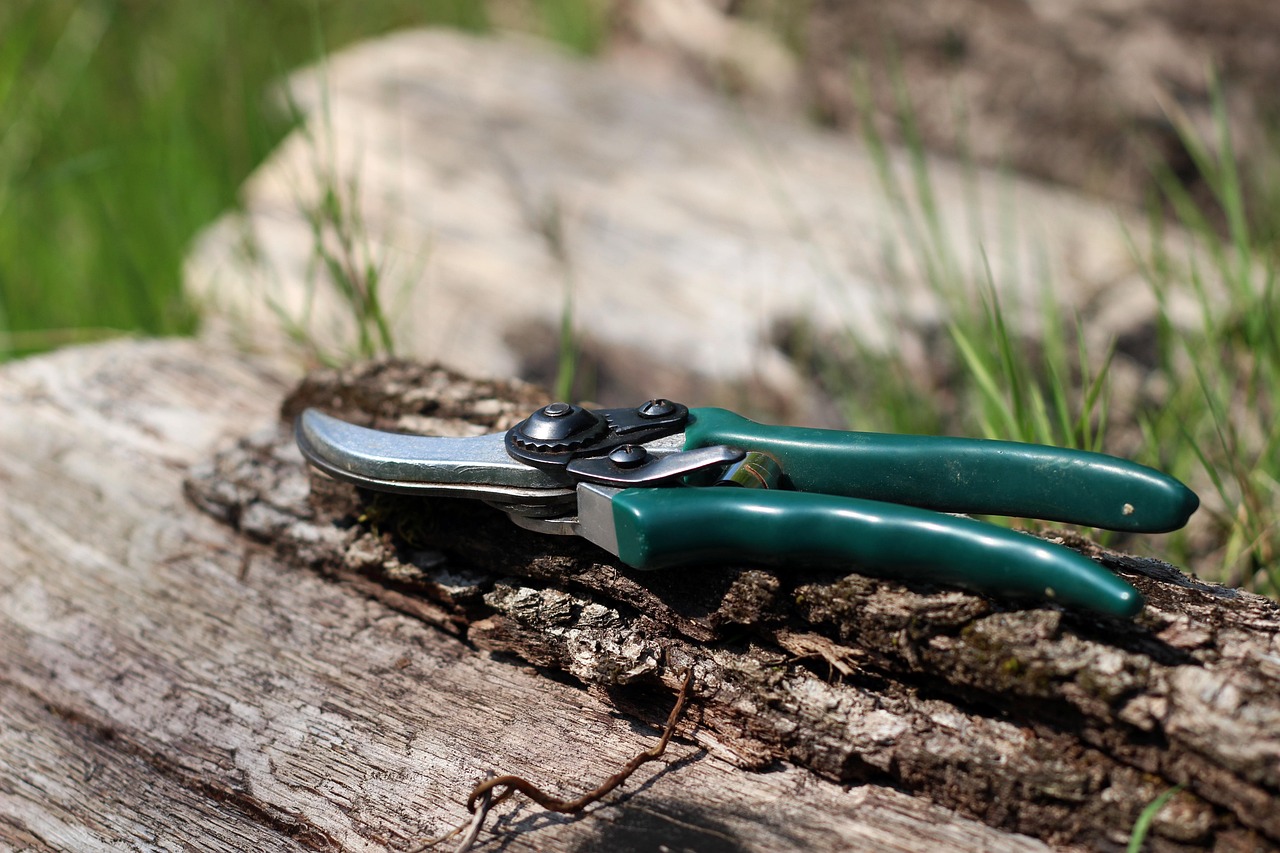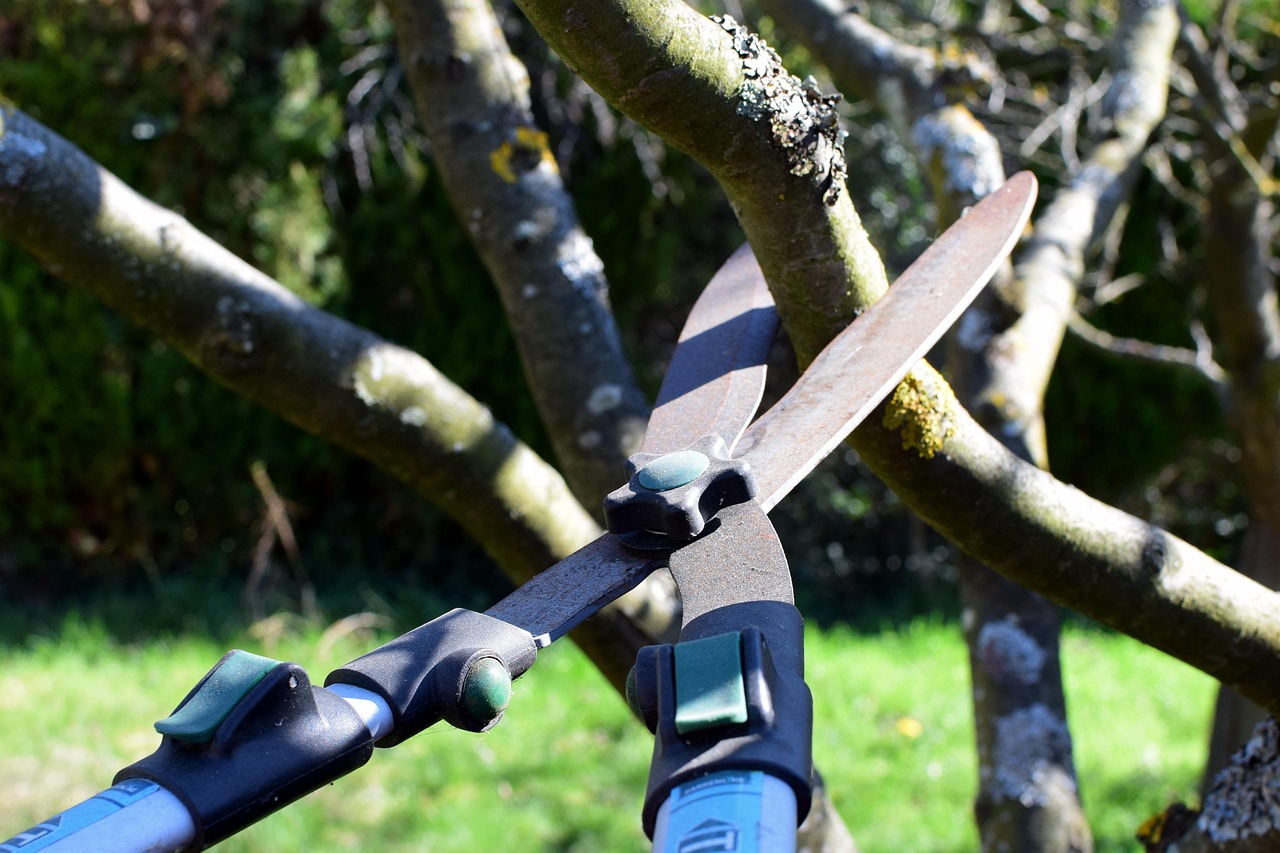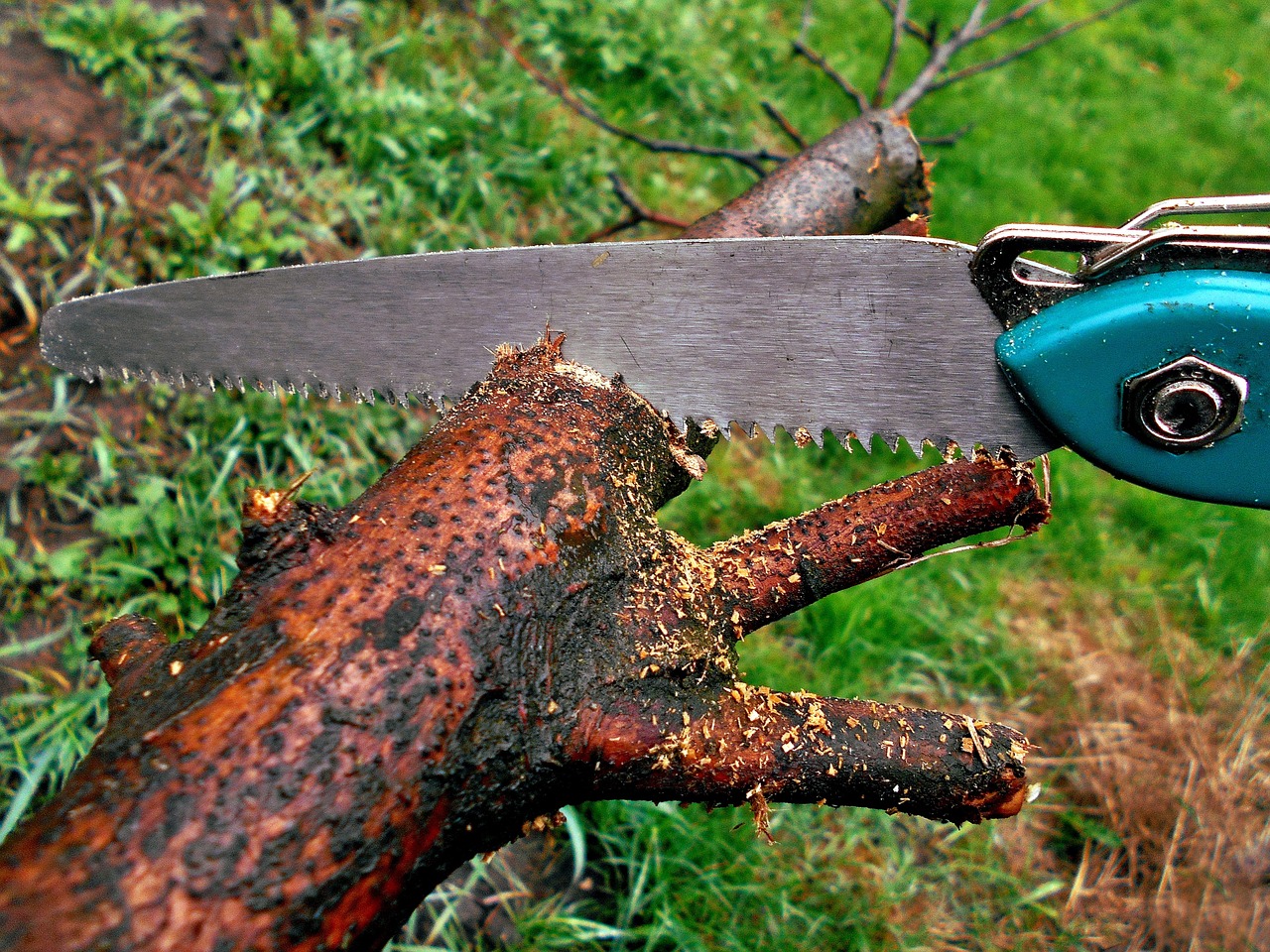Seasonal pruning plans are essential for maintaining the health and productivity of orchards. By understanding the specific needs of different fruit trees throughout the year, orchardists can enhance growth, improve fruit quality, and ensure long-term sustainability.
Pruning is a vital practice in orchard management. It involves removing specific parts of the tree to promote healthy growth. This process not only shapes the tree but also allows sunlight to penetrate deeper into the canopy, improving air circulation and reducing diseases. Seasonal pruning is particularly important as it aligns with the natural growth cycles of trees.

Different types of trees have unique pruning requirements. For example, apple trees may need to be pruned in late winter, while peach trees benefit from pruning in early spring. Knowing when and how to prune is crucial for maximizing fruit production and maintaining overall tree health.
Understanding Seasonal Pruning
Seasonal pruning refers to the timing of pruning activities based on the tree’s growth cycle. There are generally three main seasons to consider: winter, spring, and summer. Each season presents unique opportunities and challenges for orchardists.
During winter, trees are dormant. This is often the best time for structural pruning. The lack of leaves allows better visibility of the tree’s structure. Orchardists can easily identify dead or diseased wood and remove it without causing stress to the tree.

In spring, as trees begin to bud, lighter pruning can be performed. This helps shape the tree while minimizing the risk of shock. Spring pruning also encourages new growth and enhances fruiting potential.
Summer pruning focuses on maintaining tree shape and controlling growth. It allows orchardists to manage vigor and direct energy towards fruit production rather than excessive foliage growth. Understanding these seasonal dynamics is critical for successful orchard management.
Benefits of Seasonal Pruning
The benefits of seasonal pruning extend beyond aesthetics. Properly executed pruning can lead to:

- Improved fruit quality
- Increased yield per tree
- Enhanced airflow and sunlight penetration
- Reduced disease incidence
- Better tree structure and strength
These benefits contribute to the long-term viability of an orchard. By implementing a seasonal pruning plan, growers can ensure that their trees remain healthy and productive for years to come.
Key Considerations for Pruning
Before starting a pruning plan, several factors should be taken into account:
- Tree Species: Different species have varying needs. Understanding these differences helps tailor the pruning approach.
- Age of the Trees: Young trees require different techniques compared to mature ones. Young trees focus on establishing a strong framework, while older trees may need more maintenance.
- Local Climate: Weather conditions can affect growth patterns. Adjusting pruning schedules based on local climate ensures optimal results.
- Health Status: Assessing the health of the trees before pruning is essential. Diseased or damaged branches should be prioritized for removal.
Creating a Seasonal Pruning Schedule
A well-structured seasonal pruning schedule enhances efficiency and effectiveness. Below is a simple framework that outlines recommended activities for different seasons:

| Season | Activities | Focus Areas |
|---|---|---|
| Winter | Structural pruning, removal of dead/diseased wood | Tree shape, health assessment |
| Spring | Lighter pruning, shaping | Encouraging new growth, preparation for fruit set |
| Summer | Maintenance pruning, thinning out excess foliage | Controlling growth, improving fruit quality |
By following this schedule, orchardists can ensure they address the specific needs of their trees throughout the year. Regular assessments and adjustments will lead to better outcomes in terms of both health and productivity.
In summary, seasonal pruning is an integral part of orchard management. By understanding when and how to prune, orchardists can significantly enhance their trees’ long-term health and productivity. Adopting a strategic approach to seasonal pruning will yield healthier trees and more abundant harvests.
Pruning Techniques for Different Tree Types
Understanding the specific pruning techniques for various tree types is crucial for effective orchard management. Different fruit trees have distinct growth habits and responses to pruning. Below are some common fruit tree types and the recommended pruning techniques for each.
Apple Trees
Apple trees are among the most widely cultivated fruit trees. Their growth can be managed effectively through specialized pruning methods:
- Central Leader System: This technique involves maintaining a dominant central trunk with lateral branches. It encourages a strong structure and enhances sunlight exposure.
- Thinning Cuts: Removing entire branches at the point of origin prevents crowding and allows more light to reach the inner branches.
- Heading Cuts: These cuts shorten branches to promote bushier growth and can be used to control height.
Peach Trees
Peach trees require timely pruning to ensure healthy fruit production. The following techniques are commonly used:
- Open Center Pruning: This method creates an open canopy, allowing sunlight to reach all parts of the tree. It encourages fruit development on young wood.
- Summer Pruning: Lightly trimming branches during the growing season can control size and direct energy towards fruit production.
- Removal of Suckers: Regularly removing suckers from the base of the tree helps maintain energy in the main structure.
Citrus Trees
Citrus trees such as oranges, lemons, and limes have unique pruning needs:
- Minimal Pruning: Citrus trees generally require less pruning compared to other fruit trees. Focus on removing dead or diseased branches.
- Shaping: Encourage a balanced shape by selectively trimming branches that are overly vigorous.
- Suckers Control: Like peach trees, citrus trees also produce suckers that should be removed to maintain health.
Tools and Equipment for Pruning
Using the right tools is essential for effective pruning. Properly maintained equipment ensures clean cuts, which minimize stress on the tree. Here are some recommended tools:
| Tool | Description | Use Case |
|---|---|---|
| Hand Pruners | Sharp, lightweight scissors designed for cutting small branches | Ideal for precise cuts on small limbs and twigs |
| Loppers | Larger pruners with long handles for increased leverage | Used for cutting thicker branches up to 2 inches in diameter |
| Saw | A hand or powered saw for larger limbs | Necessary for cutting large branches that cannot be handled by pruners or loppers |
| Pole Pruner | A long pole with a pruning blade at the end | Used for reaching high branches without a ladder |
| Pruning Knife | A sharp knife for making clean cuts on smaller branches and buds | Useful for delicate pruning tasks and grafting |
Regular maintenance of these tools is essential. Keeping blades sharp will ensure clean cuts, reducing the risk of injury to the tree. Also, disinfecting tools between uses can help prevent the spread of disease.
Timing Your Pruning Activities
The timing of pruning is as important as the technique used. As mentioned earlier, different species have unique requirements based on their growth cycles. Below are general guidelines for timing:
- Winter Pruning: Best done when trees are dormant, usually from late December to early March, depending on the region.
- Spring Pruning: Should occur before bud break, typically in late March or early April. This helps shape the tree as it begins to grow.
- Summer Pruning: Conducted from June to August, focusing on maintenance and controlling growth.
Monitoring local weather patterns is essential when planning pruning activities. Early spring frosts can damage newly cut trees, so it is wise to wait until after the last frost date in your area.
The Role of Pruning in Pest Management
Pruning plays a significant role in pest management within orchards. By maintaining tree health and structure, growers can reduce pest attraction and improve overall resistance. Here are some ways pruning contributes to pest management:
- Improved Airflow: Thinning out excessive foliage enhances airflow, reducing humidity levels that attract pests.
- Disease Control: Removing dead or diseased wood minimizes potential breeding grounds for pests and diseases.
- Monitoring Opportunities: Regular pruning provides opportunities to inspect trees closely for signs of infestation or disease.
A comprehensive approach that integrates pruning with pest management practices can lead to healthier orchards and better fruit quality over time.
The strategic implementation of seasonal pruning plans not only improves tree health but also enhances productivity and resilience against pests and diseases. Understanding tree types, employing proper techniques, using effective tools, and timing activities correctly all contribute to successful orchard management.
Common Mistakes in Pruning
While pruning is essential for orchard health, it is easy to make mistakes that can harm trees. Recognizing and avoiding these common errors can lead to better outcomes. Below are some frequent mistakes made during pruning:
- Over-Pruning: Removing too much foliage can stress trees and reduce fruit production. It is crucial to maintain a balance.
- Improper Timing: Pruning at the wrong time can lead to sap loss, frost damage, or stunted growth. Be mindful of seasonal changes.
- Neglecting Tree Type: Each species has specific needs. Not understanding these requirements can lead to ineffective pruning practices.
- Using Dull Tools: Pruning with dull tools can cause ragged cuts, leading to increased susceptibility to diseases.
- Ignoring Tree Shape: Pruning without considering the natural shape can result in unbalanced trees that are difficult to manage.
Recognizing Tree Growth Patterns
Understanding how different trees grow is essential for effective pruning. Each species has its own growth pattern, which influences how and when it should be pruned. Here are some growth patterns to consider:
- Upright Growth: Trees like apple and pear often grow vertically. Pruning should focus on maintaining height and encouraging lateral growth.
- Spreading Growth: Trees such as peach and plum typically spread out. Pruning should aim to open the canopy and allow sunlight penetration.
- Vigorous Growth: Some species may grow vigorously, requiring more frequent pruning to control size and direct energy towards fruit production.
By recognizing these patterns, orchardists can tailor their pruning techniques to match the growth habits of their trees, leading to healthier and more productive orchards.
Integrating Fertilization with Pruning
Fertilization plays a crucial role in conjunction with pruning. When done together, these practices can significantly enhance tree health and productivity. Here are some considerations for integrating fertilization with pruning:
- Timing of Fertilization: Fertilizing before or right after pruning can provide the necessary nutrients that trees need for recovery and growth.
- Soil Testing: Conduct soil tests to determine nutrient deficiencies. This information helps in selecting the right fertilizer type and amount.
- Organic Fertilizers: Using organic fertilizers helps improve soil health and supports beneficial microorganisms around the root zone.
- Adjusting Nutrients Based on Pruning Impact: After significant pruning, trees may need additional nutrients to support new growth. Adjust fertilization accordingly.
Watering Practices Post-Pruning
Watering is also an important aspect of post-pruning care. Proper hydration supports recovery and new growth. Here are some watering tips following pruning:
- Consistent Moisture: Maintaining consistent soil moisture is essential, especially after removing branches that may have previously retained water.
- Avoid Overwatering: While hydration is important, overwatering can lead to root rot. Ensure proper drainage in the orchard.
- Mulching: Applying mulch around the base of trees helps retain moisture and regulate soil temperature.
Seasonal Monitoring and Adjustments
After implementing a seasonal pruning plan, ongoing monitoring is vital for long-term success. Regular evaluations help identify issues early and allow for necessary adjustments. Here are some strategies for effective monitoring:
- Visual Inspections: Regularly check trees for signs of stress, disease, or pest infestations. Early detection can prevent larger problems later.
- Sap Flow Monitoring: Observe sap flow in the spring. Excessive sap loss can indicate stress from improper pruning or timing.
- Growth Rate Measurements: Keep track of growth rates following pruning. This data helps refine future pruning strategies.
Utilizing Technology in Orchard Management
The use of technology in orchard management has grown significantly. Digital tools can facilitate better monitoring and management practices. Here are some technological aids to consider:
- Drones: Drones equipped with cameras can provide aerial views of orchards, making it easier to assess tree health and overall layout.
- Sensors: Soil moisture sensors can help ensure trees receive adequate water, particularly after pruning when they need it most.
- Mobile Apps: Apps designed for orchard management can assist in tracking growth patterns, pest sightings, and maintenance schedules.
The integration of these technological advancements into traditional practices can enhance efficiency and effectiveness in orchard management. By staying informed and adapting to new tools, orchardists can significantly improve tree health and productivity over time.
Establishing a Long-Term Pruning Strategy
To ensure the success of seasonal pruning plans, it is vital to establish a long-term strategy that incorporates both immediate and future goals. A comprehensive approach allows orchardists to adapt to changing conditions while maintaining tree health. Here are essential elements to consider in developing a long-term pruning strategy:
- Documentation: Keeping detailed records of pruning activities, tree health assessments, and growth patterns can help inform future decisions. This documentation serves as a valuable reference for understanding what techniques and timings have worked best.
- Regular Training: Educating staff on proper pruning techniques and the importance of seasonal care is crucial. Regular training sessions can help ensure everyone involved in orchard management is on the same page.
- Flexibility: Be prepared to adjust your pruning plan based on environmental changes, such as climate fluctuations or new pest pressures. Flexibility can lead to better outcomes.
- Engagement with Experts: Consulting with horticulturists or agronomists can provide insights into best practices and innovative techniques that may enhance orchard health.
Understanding the Economics of Pruning
While the benefits of seasonal pruning are evident, it is also essential to consider the economic aspects associated with these practices. An effective pruning plan can lead to higher yields and better fruit quality, which translates to increased revenue. Here are some economic factors to consider:
- Cost-Benefit Analysis: Regular assessments of the costs associated with pruning, including labor and equipment, versus the financial gains from improved yields can help justify investments in pruning practices.
- Market Demand: Understanding market trends and consumer preferences can influence how you manage your orchard. Prioritizing high-value fruit varieties may require tailored pruning techniques.
- Investment in Technology: While investing in technology may require upfront costs, the long-term savings and efficiency gained can provide substantial returns on investment.
Environmental Considerations
In addition to economic factors, environmental considerations should be at the forefront of any pruning strategy. Sustainable practices not only benefit the orchard but also contribute positively to the surrounding ecosystem. Here are some environmental aspects to keep in mind:
- Biodiversity: Maintaining a diverse range of tree species within the orchard can promote resilience against pests and diseases. Pruning should consider the overall health of the ecosystem.
- Soil Health: Healthy soil is crucial for tree growth. Pruning practices that improve airflow and sunlight exposure can enhance soil microbial activity.
- Pesticide Use Reduction: Effective pruning can lead to healthier trees that require fewer chemical interventions. This not only benefits the environment but can also reduce costs.
Final Thoughts
Seasonal pruning plans are integral to achieving long-term orchard health and productivity. Understanding the specific needs of each tree type, employing appropriate techniques, and integrating modern technology into traditional practices all contribute to successful orchard management. Additionally, being mindful of economic viability and environmental sustainability will ensure that your orchard thrives not only today but for generations to come.
The journey of managing an orchard is a continuous learning process. As you implement seasonal pruning strategies, keep in mind the importance of flexibility and adaptability in response to changing conditions. Regular monitoring, documentation, and engagement with experts will enhance your ability to make informed decisions.
Ultimately, a well-executed seasonal pruning plan not only supports healthy trees but also leads to higher quality fruit production, increased yields, and greater profitability. By prioritizing these practices, orchardists can cultivate orchards that flourish year after year, contributing positively to both their livelihoods and the environment.
